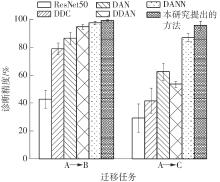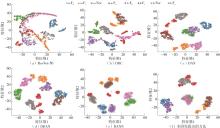| [1] |
KANG Lan, CHEN Xuan, HONG Shutao.
Axial Compression Behavior of Rectangular Concrete Filled Steel Tubular Columns Reinforced by Built-In Profiled Stirrup
[J]. Journal of South China University of Technology(Natural Science Edition), 2024, 52(5): 101-113.
|
| [2] |
HAO Xiuhong, TIAN Runwei, JIAO Wei, et al.
Effects of the Wear of Fabric Liner on Self-Lubricating Joint Bearings Dynamics
[J]. Journal of South China University of Technology(Natural Science Edition), 2024, 52(4): 88-94.
|
| [3] |
CHEN Zongping, QIN Weiheng, LIANG Yuhan, et al..
Test and Bearing Capacity Calculation Method of Concrete-Filled CFRP-Stainless Steel Sandwich Tube Columns Under Axial Compression
[J]. Journal of South China University of Technology(Natural Science Edition), 2024, 52(1): 1-14.
|
| [4] |
JIANG Dongqi, WU Hao, FAN Jin.
Study on Whole-Process Mechanical Behavior of Novel Spread Slab Beam Bridges
[J]. Journal of South China University of Technology(Natural Science Edition), 2024, 52(1): 38-51.
|
| [5] |
LI Fang, GUO Weisen, ZHANG Ping, et al..
Prediction Technique for Remaining Useful Life of Bearing Based on Spatial-Temporal Dual Cell State
[J]. Journal of South China University of Technology(Natural Science Edition), 2023, 51(9): 69-81.
|
| [6] |
CHEN Xindu, FU Zhisen, WU Zhiheng, et al..
Small-Sample Fault Diagnosis Method Based on Multi-Head Convolution and Differential Self-Attention
[J]. Journal of South China University of Technology(Natural Science Edition), 2023, 51(7): 21-33.
|
| [7] |
GUO Hong, QIN Lichuang, SHI Minghui, et al.
Influence of Coupling Factors on Characteristics of Mixed Lubrication Sliding Bearings
[J]. Journal of South China University of Technology(Natural Science Edition), 2023, 51(5): 141-150.
|
| [8] |
ZHAO Rongchao, WU Baili, CHEN Zhuyun, WEN Kairu, ZHANG Shaohui, LI Weihua.
Graph Neural Network for Fault Diagnosis with Multi-Scale Time-Spatial Information Fusion Mechanism
[J]. Journal of South China University of Technology(Natural Science Edition), 2023, 51(12): 42-52.
|
| [9] |
LI Ying, WANG Bozhong, HE Shuang, et al..
Thickness Distribution of Low Stress Three-Layer Bearing for Cam Lobe Hydraulic Motor
[J]. Journal of South China University of Technology(Natural Science Edition), 2023, 51(11): 93-100.
|
| [10] |
KANG Lan, CHEN Zonglin, LIN Yiwei .
Axial Compression Behavior of High-Strength Circular Steel Tube Confined High-Strength Steel Reinforced Concrete Short Columns
[J]. Journal of South China University of Technology(Natural Science Edition), 2022, 50(7): 1-12.
|
| [11] |
LIU Yiqi, HUANG Zhipeng, YU Guangping, et al.
Full Life-cycle Intelligent Detection, Diagnosis and Analysis for Sludge Bulking
[J]. Journal of South China University of Technology(Natural Science Edition), 2022, 50(6): 91-99,110.
|
| [12] |
SONG Xintao, WU Wei, YUAN Shihua.
Mixed-lubrication Analysis of Journal Bearing Considering Wear and Turbulence
[J]. Journal of South China University of Technology(Natural Science Edition), 2022, 50(6): 121-128.
|
| [13] |
ZHENG Hongyu, YU Yuqi, XU Dixin, et al.
Axial Compression Test of Seawater Sea-Sand Concrete Circular Column Inner-Confined by BFRP Spiral Strip
[J]. Journal of South China University of Technology(Natural Science Edition), 2022, 50(5): 96-108.
|
| [14] |
CUI Honghuan, ZHU Chaojie, YANG Shangli, et al.
Research on Improving Road Performance of Silty Clay under the Action of Dry and Wet Cycle
[J]. Journal of South China University of Technology(Natural Science Edition), 2022, 50(2): 42-49.
|
| [15] |
XIONG Ergang, ZU Kun, HU Qinbin, et al.
Shear Capacity Prediction for RC Beams Without Stirrups Based on Mechanical Research
[J]. Journal of South China University of Technology(Natural Science Edition), 2022, 50(11): 115-124.
|
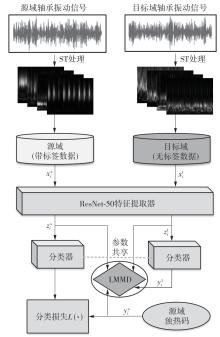

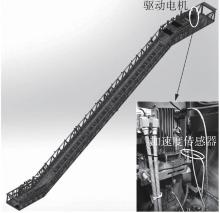

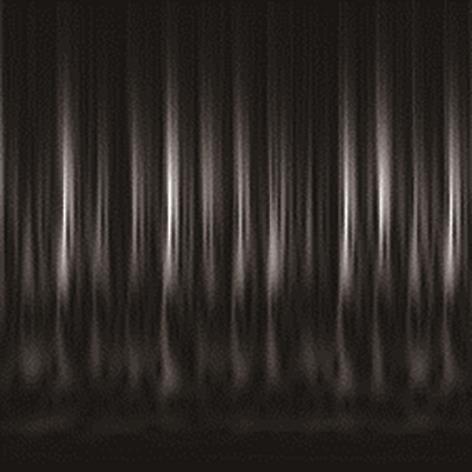
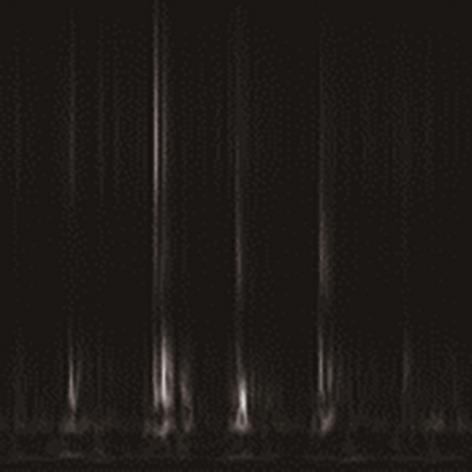
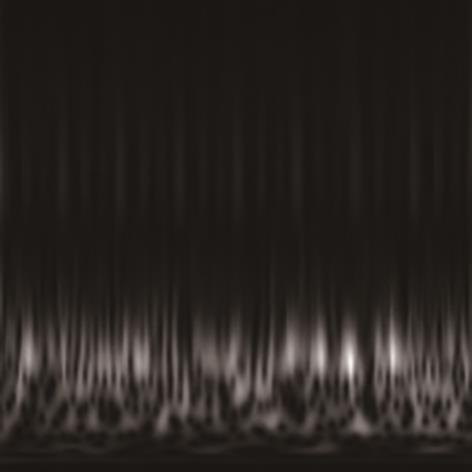




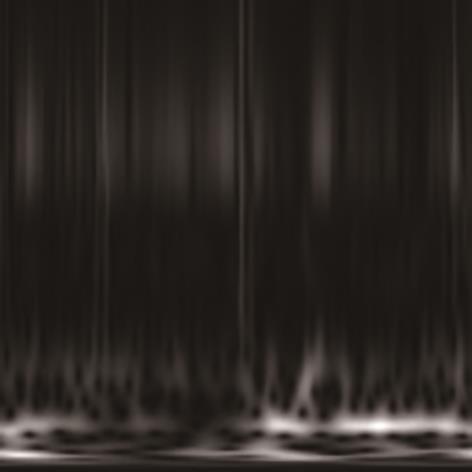

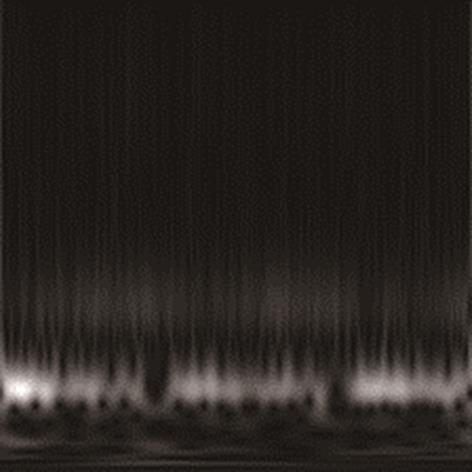
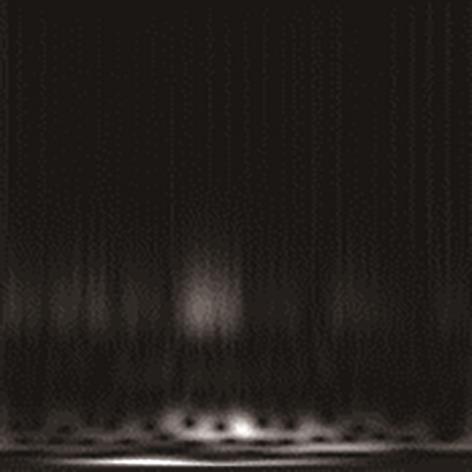
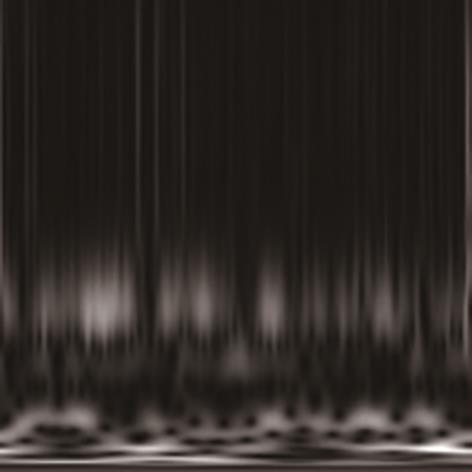
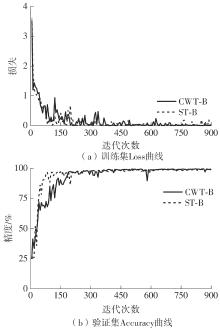

 B
B C
C